World 🢖 Europe 🢖 Switzerland
Waterfalls 🢔 Geological wonders 🢔 Categories of wonders
Wonder
Rhine Falls
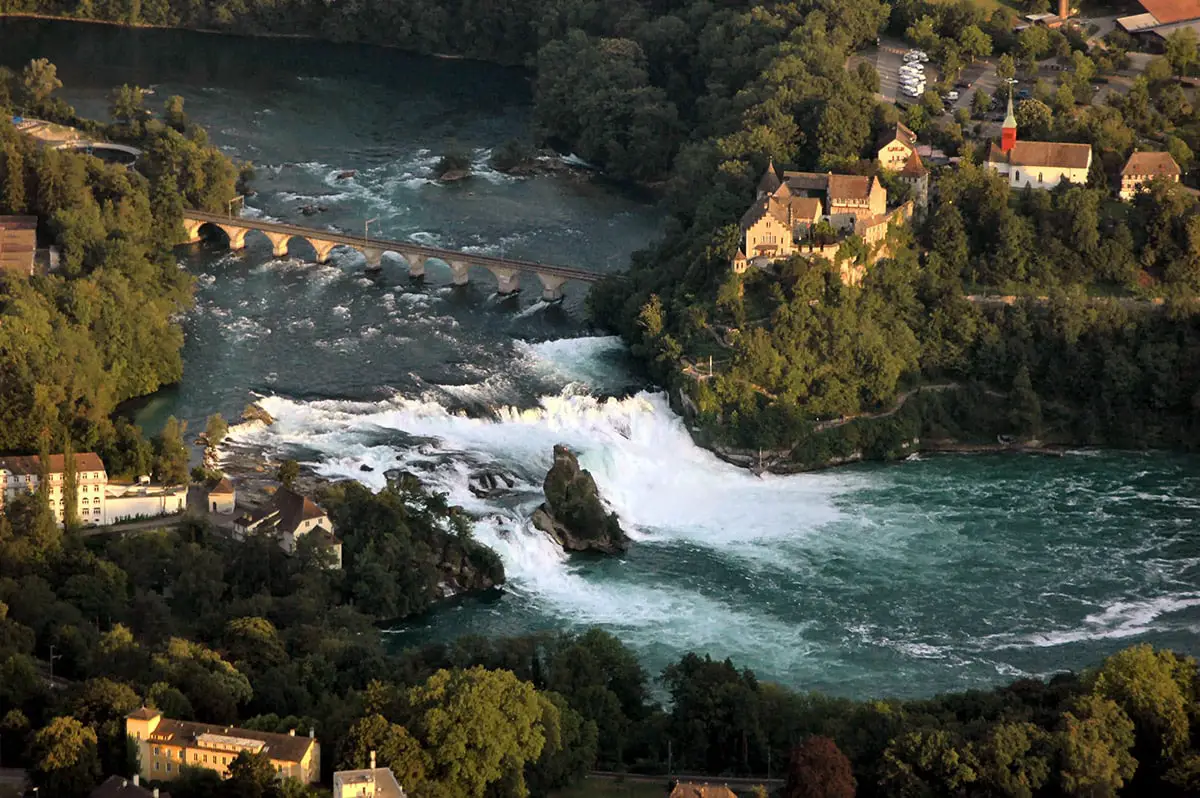
 In short
In short
One of the major rivers of Europe has a waterfall on it – and, of course, this is one of the largest waterfalls in Europe. These are the magnificent Rhine Falls in Switzerland – some 23 m tall and 150 m wide.
 45.6%
45.6%
GPS coordinates
Location, address
Name in German
Alternate names
River
Height
Drops
Width
Flow
Map of the site
If you see this after your page is loaded completely, leafletJS files are missing.
 In detail
In detail
Geological formation
Rhine Falls have formed in the upper reaches of the Rhine, shortly after the river has left Untersee. Here the Rhine is already a large river that could be suitable for fairly large ships, some 80 – 120 m wide.
It has not been flowing in this site for always – before the ice age, Rhine was flowing elsewhere. Only some 14 – 17 thousand years ago (because for geologists this is almost like yesterday), after the Last Ice Age, Rhine started to flow in its current bed. At first, the stream met the glacial deposits – gravel, clay, sand.
As the glacial deposits were washed away, the stream here met with a large block of hard rock – Late Jurassic limestone. Thus here the stream became somewhat wider and more shallow before leaping over this rock, forming an enormous waterfall.
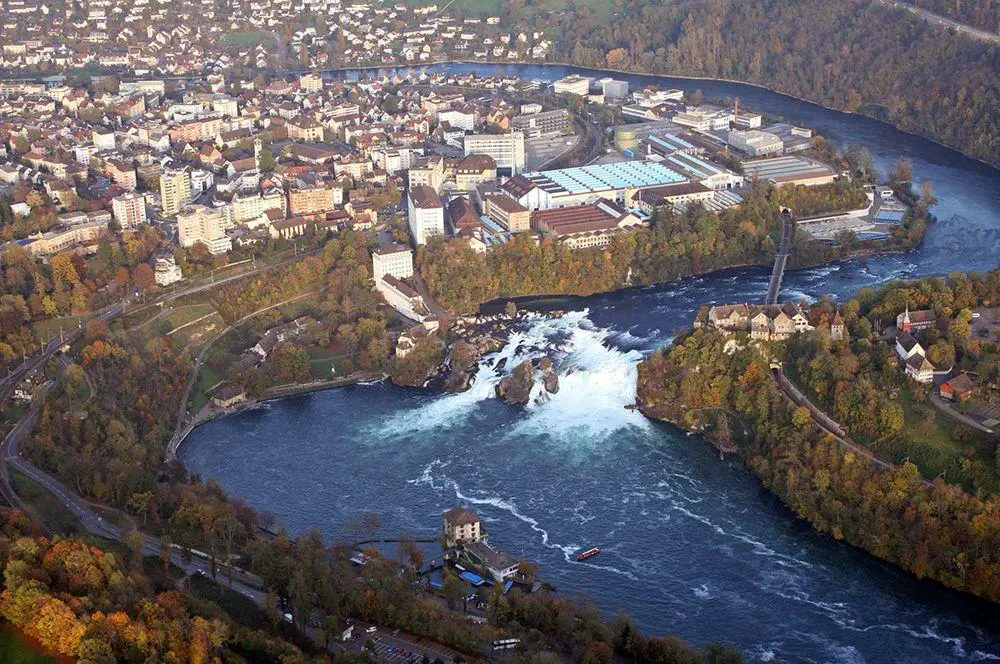
Description
Flow of Rhine changes throughout the year: in winter there is less water (some 250 m³/s) but in summer, as the snow and ice in the Alps is melting, there is a lot more water – 600 m³/s.
Maximum flow has been registered in 1965 – 1 250 m³/s but the lowest flow – 95 m³/s – in 1921.
Only one waterfall in mainland Europe is more powerful – Sarpsfossen in Norway which has 577 m³/s medium annual flow. Unfortunately, this once spectacular waterfall is disfigured by hydropower plants now.
Rhine Falls have formed in a sharp bend of the Rhine, thus providing many impressive views of the falls.
Before the main falls in the stream have formed smaller steps, the Rhine becomes shallower and wider. Some 80 – 200 m before the falls Rhine is crossed by a railway bridge which was built in 1857.
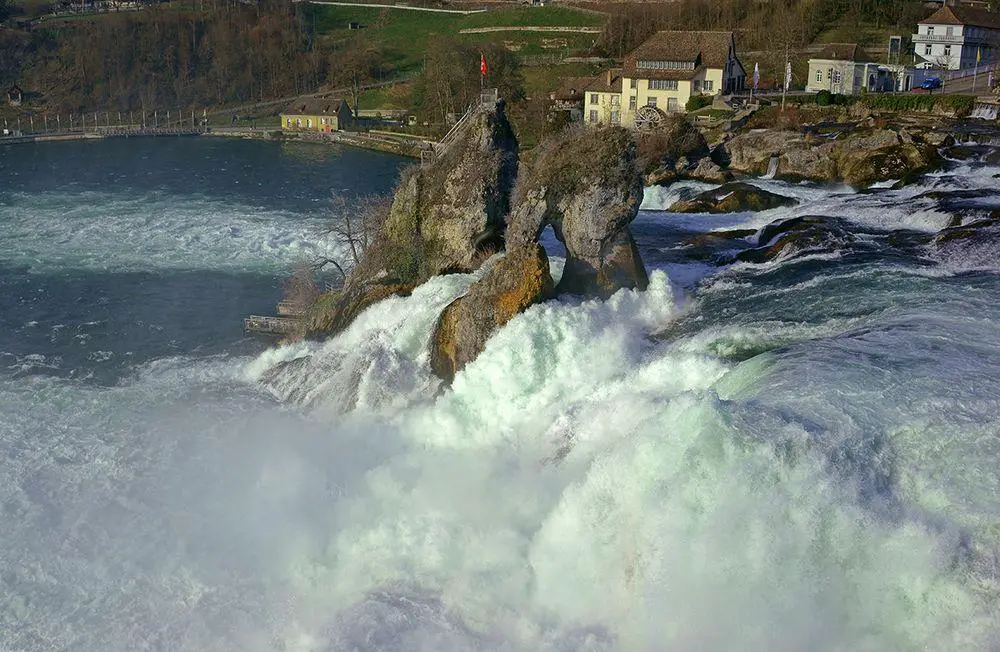
Main falls have several steps over the distance of some 100 – 120 m, but by far the largest one is the last one. The total height of these steps is around 23 m.
In the middle of the falls are towering two interesting rocks – islands. One can be visited by boat and ascended to look at the fall on both sides of it. Another island has a hole in it – it is a kind of natural arch. At high water one can only wonder how these islands can persist in the endless, powerful stream.
Below the falls Rhine is up to 13 m deep.
Castles and tourists
On the northern side of the falls there was built a mill. Since then falls have been constantly endangered by plans to build hydropower plants, although the tourist industry around the falls might create larger income than the power.
Near the falls are two castles: Laufen Castle (1544 – 1547) towers above the falls on the left bank of the river but Wörth Castle (1348 AD) is built on a small island near the right bank of the Rhine some hundreds of meters below the falls.
Around the falls has developed a lively tourist industry with boat trips, guided tours, hotels, and diverse local souvenirs – falls are visited by more than 1 million tourists every year.
Often during the nights Rhine Falls are illuminated.
 Linked articles
Linked articles
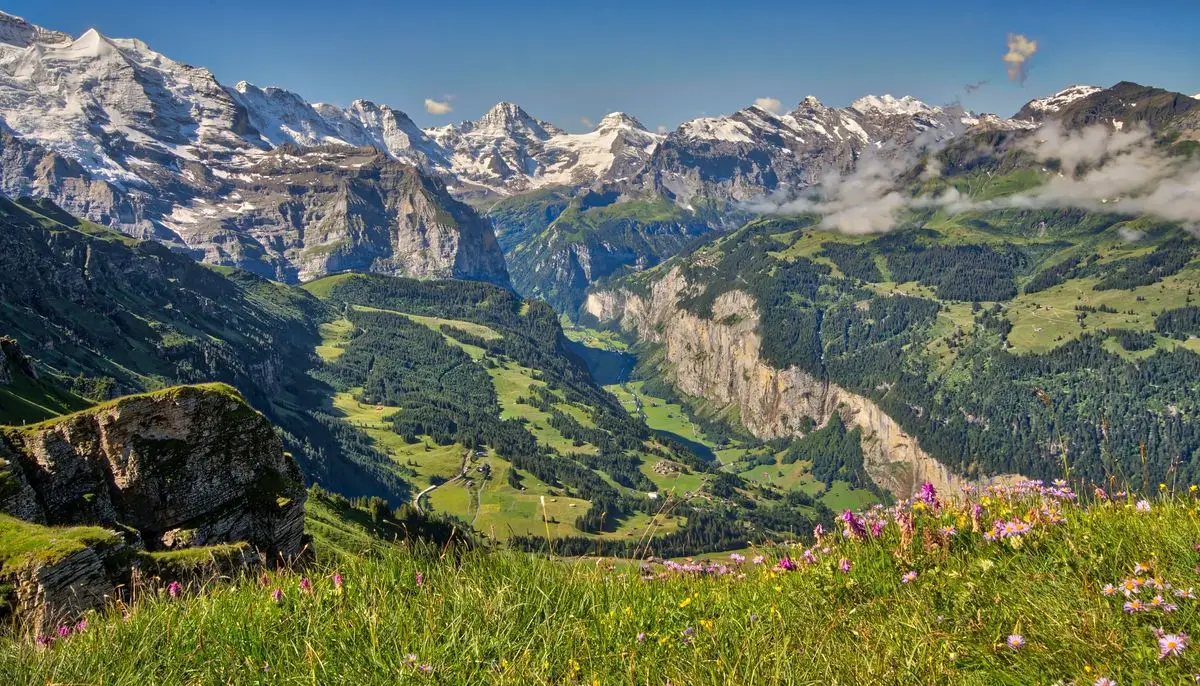
Wonders of Switzerland
The gorgeous country of Switzerland is very rich in both natural and man-made heritage. The most impressive ones are historical abbeys with immense art values, e.g. Abbey of St. Gall. In the country are interesting medieval towns (Bern Old City, Murten, Stein am Rhein) and early industrial cities La Chaux-de-Fonds and Le Locle. Amazing are the waterfalls – some of the tallest and most spectacular in Europe.
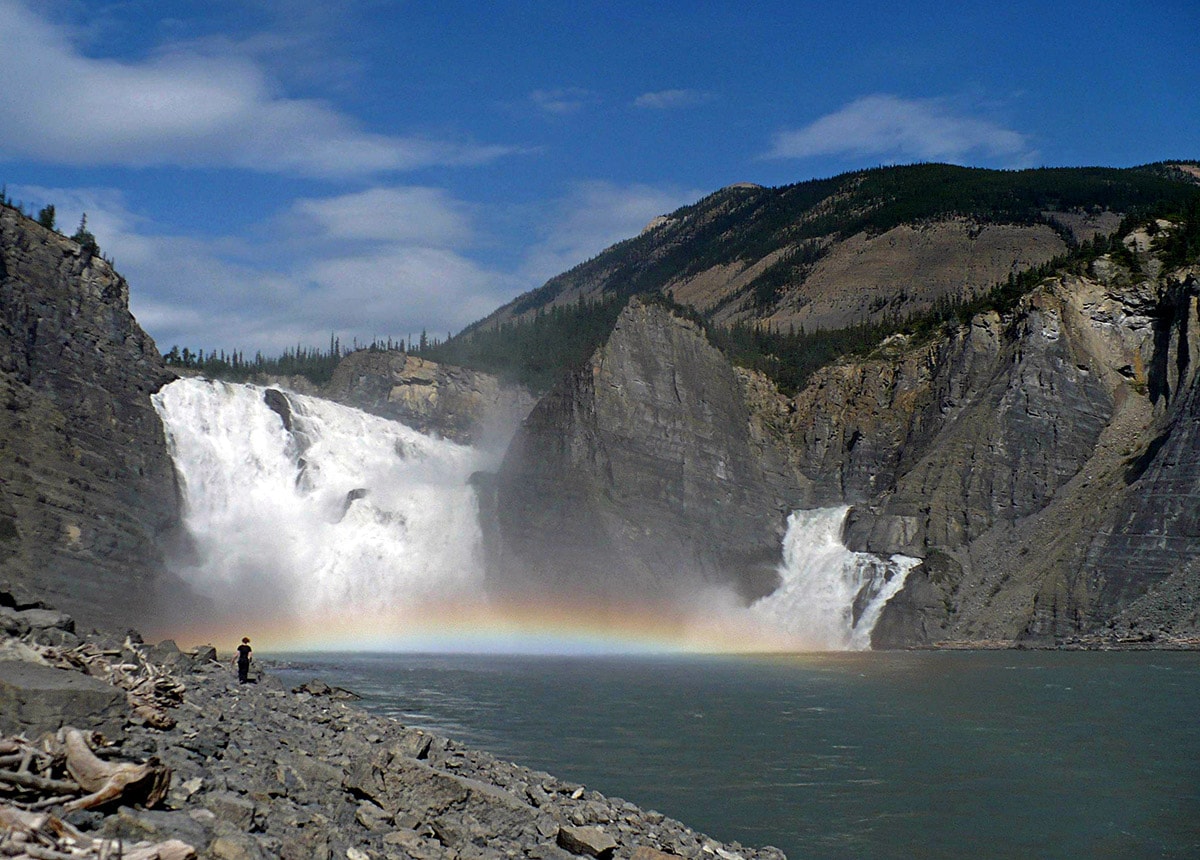
Waterfalls
Some of the most fascinating and awe-inspiring natural monuments are waterfalls or locations where a river abruptly changes its elevation.
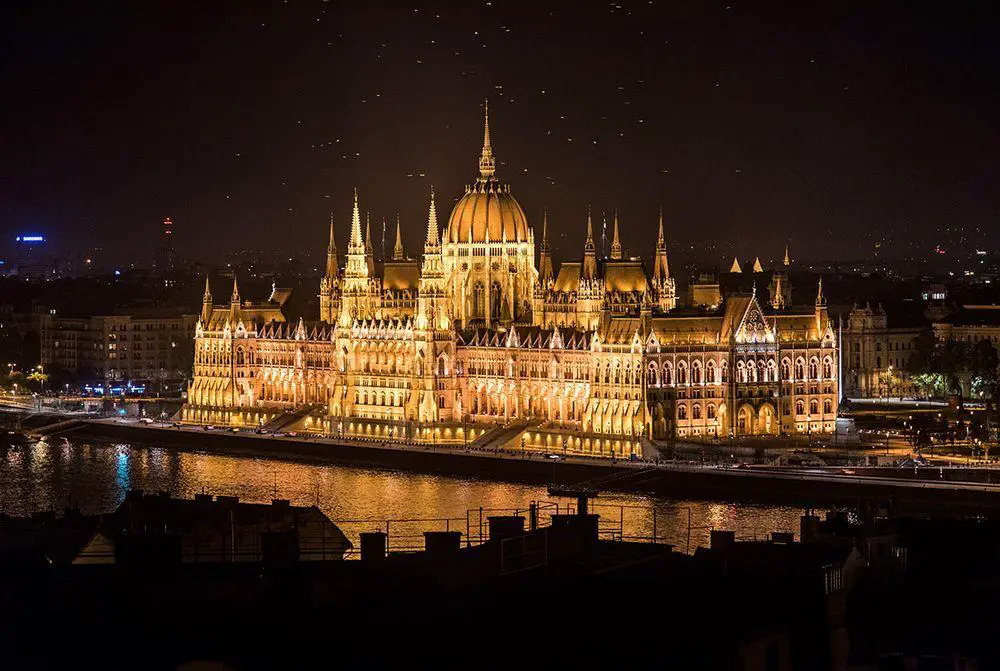
Wonders of Europe
The heritage of Europe is diverse and endlessly interesting. Incomparably rich is the wealth of European historical architecture, but this part of the world has exciting natural heritage and archaeological heritage as well.
 Recommended books
Recommended books
The Rhine: An Eco-biography, 1815-2000
The Rhine River is Europe’s most important commercial waterway, channeling the flow of trade among Switzerland, France, Germany, and the Netherlands. In this innovative study, Mark Cioc focuses on the river from the moment when the Congress of Vienna established a multinational commission charged with making the river more efficient for purposes of trade and commerce in 1815.


